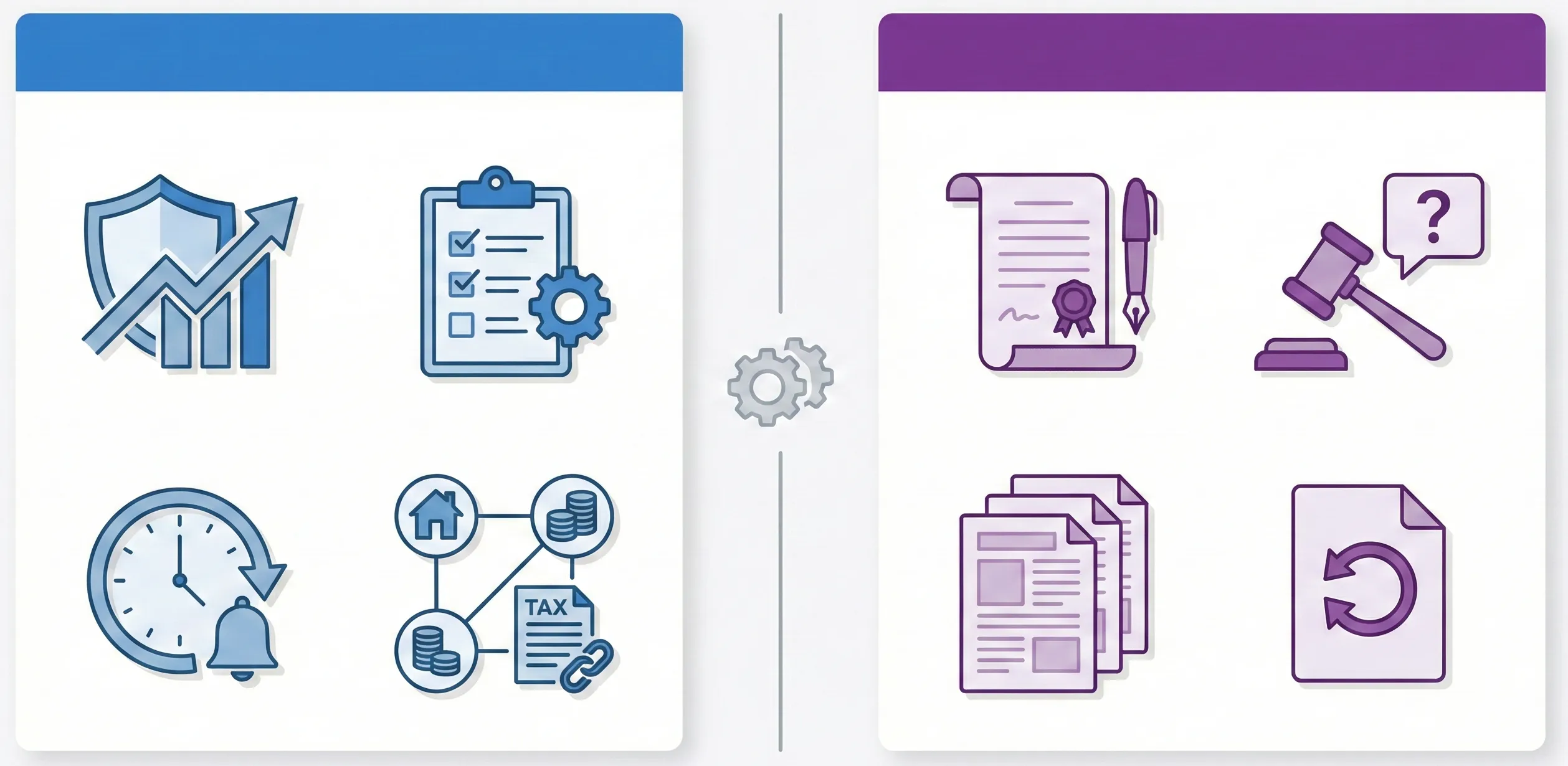Creating an Advance Healthcare Directive: What You Need to Know

In the realm of personal planning, there's a critical element often relegated to the back burner until imperative—advance healthcare directives. Known sometimes as a living will, medical directive, or healthcare proxy, this legal instrument allows you to articulate your medical treatment preferences if you become unable to make such decisions. Here's a thoughtful exploration on why and how to establish this important document.
Understanding an Advance Healthcare Directive
An advance healthcare directive is your voice during times when you might be unable to speak due to medical incapacities (e.g., a coma), much like how an AI voice over free tool can replicate human speech when needed.
Why Consider Creating One
- Autonomy over Health Decisions: It offers a method that might help ensure your healthcare preferences are considered when you might not be able to express them.
- Eases Emotional Burden: It can significantly relieve the emotional load on family members who might otherwise face tough decisions without guidance.
- Prevents Family Conflicts: It serves to deter potential disputes about your care preferences among relatives.
How to Create Your Directive
Creating an advanced healthcare directive involves reflection, discussion, and formalization of your healthcare preferences.
Steps You Might Consider
- Reflect on Personal Values: Deliberate over what aspects of healthcare are most important to you—this could include considerations about quality of life and medical interventions.
- Seek Professional Insight: Consulting with healthcare professionals may help clarify the implications of certain healthcare decisions.
- Selecting a Healthcare Proxy: Identify a trusted individual who understands and agrees to uphold your healthcare wishes.
- Legally Formalizing Your Directive: Engage legal assistance to ensure your directive complies with state laws and regulations.
- Open Discussions with Loved Ones: Sharing your intentions with family members can ensure they respect and understand your healthcare wishes.
Considerations to Bear in Mind
- Regular Updates: Your healthcare preferences may evolve; regularly revisiting your directive is advisable.
- Ease of Access: Keep your directive accessible to your healthcare proxy and in multiple easily accessible places.
The Value of Dialogue
An advance healthcare directive should be viewed as an ongoing dialogue—a continuous engagement involving you, your loved ones, and medical professionals. As life unfolds and your views change, updating your directive ensures it remains aligned with your current health care preferences.
In essence, drafting an advanced healthcare directive is aimed at empowering yourself and potentially providing peace of mind for both you and your family, aiming to have your healthcare wishes considered, regardless of the circumstances. It's never too early to get started.
How optimized is your portfolio?
PortfolioPilot is used by over 40,000 individuals in the US & Canada to analyze their portfolios of over $30 billion1. Discover your portfolio score now:






